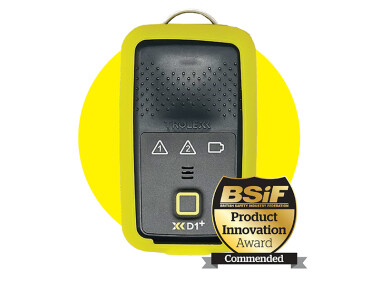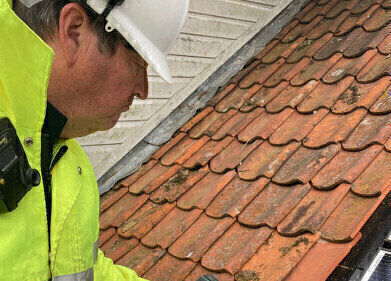Dust monitoring
UK’s HSE testing confirms reliability of air sampling heads
Aug 12 2020
When conducting workplace air sampling, reliability is key. Operators need to know that the equipment they rely on to collect and sample the air for respirable dust and other hazards will yield consistent and accurate data.
This data is essential for safety managers and occupational hygienists who need to know if there are health hazards created by respirable particulates present in order to implement control measures and keep employees safe.
Casella, has worked with the UK’s Health and Safety Executive (HSE) to undertake intensive testing of its Cyclone air sampling heads to ensure that the heads meet the ACGIH/ISO/CEN (EN 481) standard, the collection efficiency curve against which respirable fractions are measured. The intensive testing has confirmed that Casella’s Cyclone sampling heads meet this standard when sampling at the published flow rate of 2.2 litres per minute.
Flow rate is a crucial factor for correct air sampling results. Every Cyclone is manufactured to sample respirable dust at a specific air-flow rate. If the cyclone is not sampling correctly at the specified flow rate the concentration of dust can be over or under-estimated; a concerning outcome when poor data could have a direct and negative impact on workplace safety and worker health.
“Peace of mind is the watchword when it comes to air sampling; having the confidence that the sample taken is accurate,” explains Tim Turney, Casella Global Marketing Manager. “When sampling heads meet international standards and operate according to manufacturer specifications in regards to sampling performance, there is peace of mind that respirable hazards are being correctly monitored for.”
“The confirmation from the HSE that our Cyclone heads operate as intended is welcome news. Recent testing of cyclones by other manufacturers has shown they were not meeting the EN481 standard, calling into question all past air samples taken with those heads, resulting in end users having to change equipment going forward. Our original performance to the standard at a 2.2 litres/min flow rate still stands, giving end users confidence in the results. They won’t have to make any changes to their equipment or operating procedures to know that the data they’re collecting is accurate, reliable and can be used to keep sites and workers safe.”
Digital Edition
AET Guide 2025
March 2025
Buyer's Guide Directory - Product Listings by Category - Suppliers Listings (A-Z) Air Monitoring - Stack Emissions Multi-Gas Analysis: OFCEAS<sup>®</sup> Technology Seduces the Market...
View all digital editions
Events
Mar 18 2025 Expo Santa Fe, Mexico
Mar 18 2025 Moscow, Russia
Mar 19 2025 Manila, Philippines
Mar 19 2025 New Delhi, India
Mar 20 2025 Guangzhou, China














.jpg)




